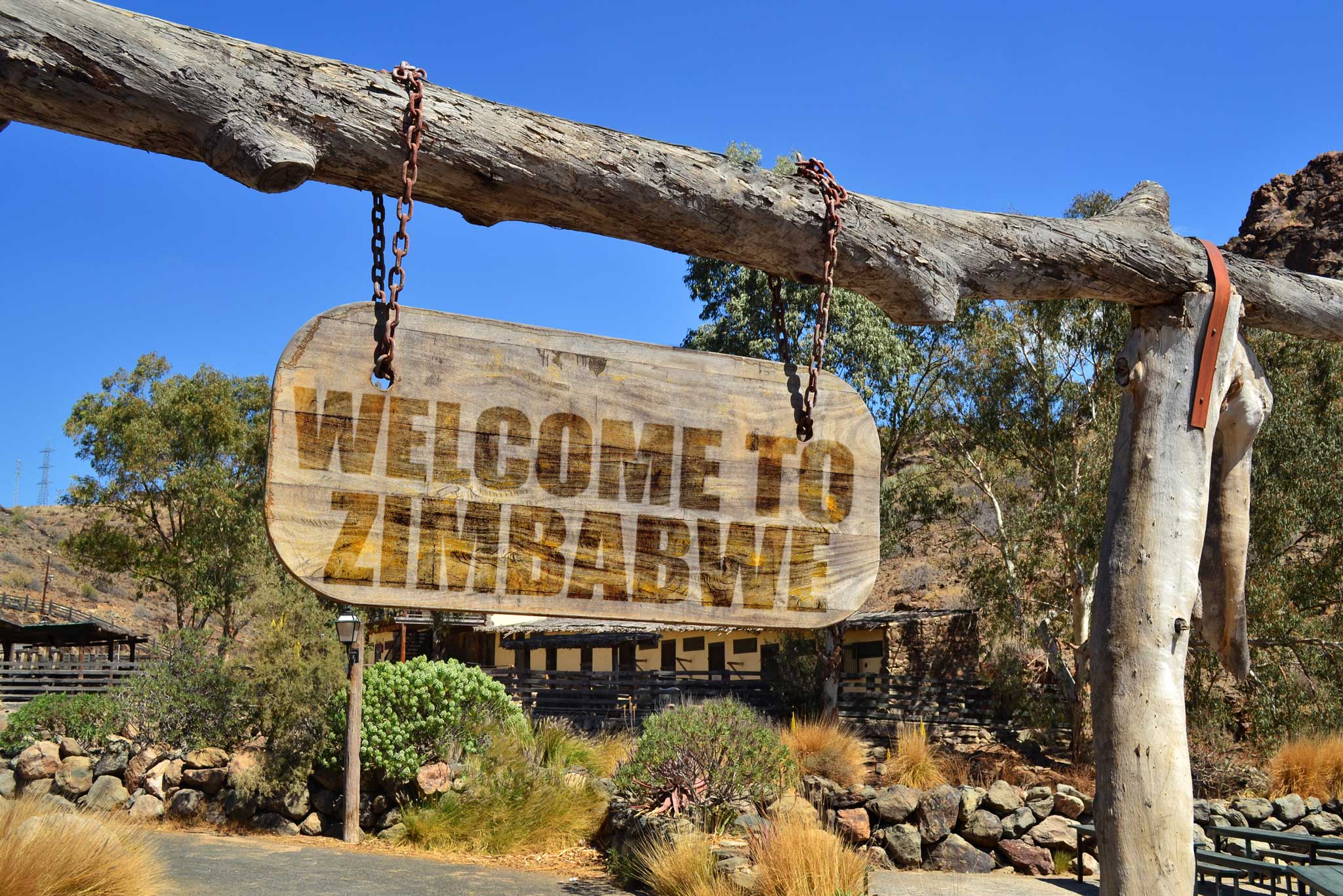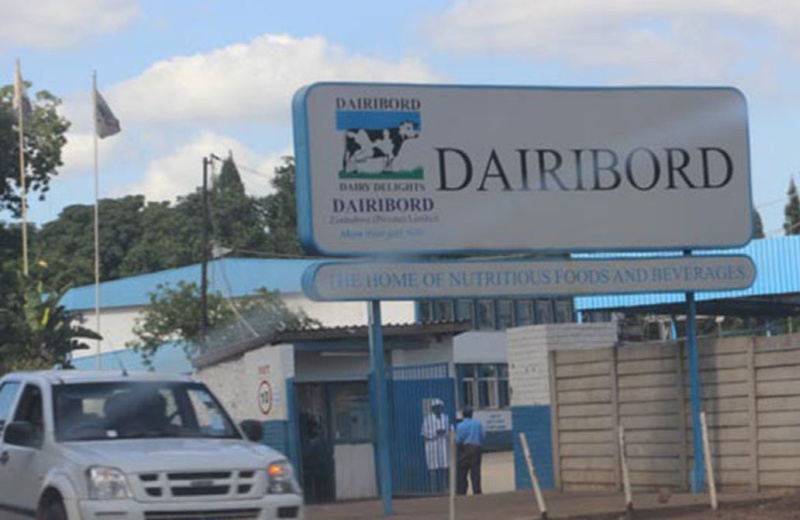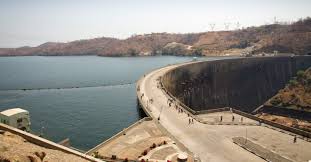Kariba power output restricted to 214MW
THE Zambezi River Authority (ZRA) has set the average electricity generation for Kariba Power Station at 214 megawatts (MW), until the end of the quarter to March 2024, due to limited water in Kariba Dam, which might experience its lowest level on record this year.
Reduced output at Kariba, one of the country’s two major power generation facilities, will likely increase the strain on national grid capacity, which in the past has caused load shedding.
The world’s largest man-made lake, which sits on the mighty Zambezi, is the power station’s major source of water for power generation.
Multiple factors have led to perennial power shortages in Zimbabwe including rising demand due to increased economic activity putting a strain on the power generation capacity, aging infrastructure at coal-fired power plants like Hwange as well as occasional grid system failures contributing to unreliability.
Yesterday, State power utility, ZESA, reported a loss of generation at Hwange due to a fault on the grid, resulting in increased power rationing across the country.
Next month, the ZRA, which manages the affairs of the riparian river whose water is shared equally between Zimbabwe and Zambia, will review the position based on the reservoir’s hydrological situation.
In January 2016 it was reported that water levels at the dam had dropped to 12 percent of capacity. Levels fell by 5,58 metres, which is just 1,75 metres above the dam’s minimum operating level for hydropower.
Since then, erratic weather conditions and heavy reliance on the reservoir for power generation (especially before capacity extension at Hwange) have meant that the dam could not build up its stored water levels significantly or to capacity, a situation that often gets worse during drought years.
Kariba Dam has maximum and minimum operating levels, beyond which operating the reservoir is associated with certain risks, including potential infrastructure damage and depletion.
Until the next review, which will determine the amount of water allocated for hydropower generation, output from the country’s largest hydropower plant, which has an installed capacity of 1 050MW, will remain subdued.
Zimbabwe and the southern African region have been hit by the El Nino-induced drought after the region received normal to below-normal rainfall in the 2023/2024 rainy season.
On the back of the dry weather phenomenon, the Zambezi River has not received significant inflows, negatively affecting the amount of water flowing into Lake Kariba.
ZRA is a bi-national organisation mandated to contribute to the economic, industrial, and social development of the two neighbouring countries — Zimbabwe and Zambia by obtaining the greatest possible benefits from the natural advantages offered by the waters of the Zambezi River.
“Given that the outcome of the rainfall forecast is generally below normal, the authority has maintained the 16 billion cubic metres (BCM) water allocation for the year 2024 providing for combined annual average power production of 428MW, shared equally (between Zimbabwe and Zambia).
The water allocation of 8 BCM per power utility, translates into an average power production of 214MW per utility to the end of March 2024 when the 1st quarter 2024 hydrological review falls due as per standing operational framework for Kariba dam reservoir operations,” said ZRA in a statement.
It said the hydrological review will among other factors take into consideration the actual performance of the 2023/2024 rainfall season and the resulting inflows into the lake over the first quarter of the year.
ZRA said the results of the hydrological simulations could result in an increment, reduction or the keeping of the prevailing 2024 water allocation as is.
“The authority will continue monitoring the hydrometeorological performance of the Kariba Catchment as evolving under the prevailing El Niño climate conditions and keep the public informed of any new positive or negative developments.
“Given that the Kariba inflows are so far below average, with a possibility of registering as one of the lowest on record, the power utilities have been advised to maintain strict adherence to their respective water allocation thresholds to sustain generation to the end of the year,” said the authority.
From January this year, the lake level rose from 477,24 meters, with 7,80BCM of stored usable water, representing live storage of 12 percent, to 477,87m on January 29, with 10,68BCM of stored usable water or 16,49 percent live storage recorded.
According to the ZRA, Kariba Dam is designed to operate between levels 475,50m and 488,50m (with 0,70m freeboard) for hydropower generation.
“The lake level has steadily been decreasing, due to low inflow and reduced rainfall activity on and around the lake closing the period under review at 477,62m (14,72 percent usable storage) on 11th March 2024, compared to 477,85m (16,34 percent usable storage) recorded on the same date last year,” it said.
In the first week of last month, ZRA said, the lake level registered a slow increase, but it began decreasing steadily thereafter due to low inflows amid reduced rainfall activity on and around the lake associated with the below-average rainfall received under the 2023/2024 rainfall season in the Kariba catchment.
“Subsequently, the recorded lake level on March 6, 2024 was 477,66m with 9,72BCM of stored usable water or 15 percent live storage.
“On the same date last year, the recorded lake level was slightly higher at 477,68m with 9,81BCM of stored usable water or 15,15 percent live storage,” it said.
In the past few days, there has been a resurgence of load shedding with the Zimbabwe Power Company indicating that as of last Friday, the country was producing a total of 1 024MW, with 774MW being produced at Hwange Power Station while Kariba generated 250MW.
Economist Ms Chipo Warikandwa told this publication that it was highly certain that water allocation for electricity generation at Kariba will be revised downwards taking into account the dry spell that the region continues to experience and that the rainy season is almost coming to an end.
“We await to see how the next hydrological review would be, but it is highly inevitable that dam levels at Kariba by the end of this month will decline further considering that the dry spell has continued for the greater part of the quarter and the rainy season is about to come to an end.”
“It is also likely that the current water allocation to the utilities of the two countries will for some time into the second quarter be maintained although eventually this may be reviewed further downwards by the authorities.
“And once that happens, the country should brace for increased load shedding going forward into the year,” she said.
-herald










